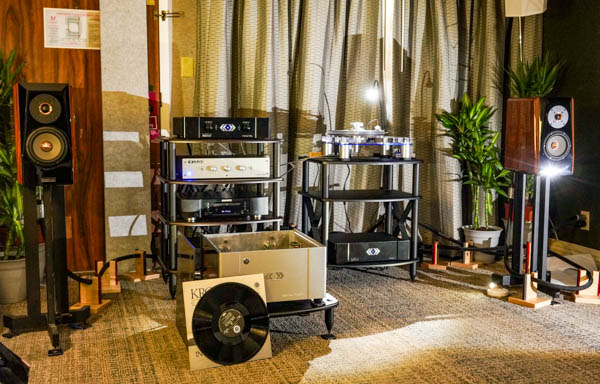
Tascam DP-24SD
by August 31, 2022MusicRadar is supported by its audience. When you purchase through links on our site, we may earn an affiliate commission. Here’s why you can trust us.
By published
The DP-24SD is a compact, solid and reliable unit, ideal for tracking, and it’s now cheaper than ever.
Well built and well priced.
Very few.
DP-24SD is one of Tascam’s five Portastudios and, aside from the DP-32SD (which simply has a larger track count), is about as good as it gets.
The DP’s 24 track count is made up from 12 mono and six stereo tracks, each with their own fader, and there’s also a master stereo fader (so 19 faders in total). It will record eight tracks simultaneously (bear in mind a stereo track is two tracks) and available global audio formats are 44.1kHz, 48kHz, 16-bit and 24-bit.
The designated recording media are SD (512MB to 2GB) and SDHC (4GB to 32GB) cards, and this can include micro style cards used with a Micro SD HC adaptor – this is now the sole recording medium, as the CD-RW drive of its predecessor, the DP-24, has been removed.
The DP-24SD has eight mic/line inputs (labelled A to H) and these each use XLR/Jack combi connectors. The eighth (H) is also switchable to high impedance for guitar or bass DI. On the top panel you’ll find input trim and phantom power, which is switched in two banks (A to D and E to H).
Monitors are fed by a pair of TRS jacks, with the main stereo out on phonos. You also get physical outputs (TS jacks) for the two auxiliary sends, although with no dedicated auxiliary returns.
Finally, just behind the colour LCD screen are a mini USB socket, soft power button and the SD card slot. On the front panel you’ll find one headphone output and a mini jack ‘remote’ socket (the three button RC-3F is an optional extra). This provides remote control of eight software selectable functions, including punch in/out, play/stop and cue locate.
Once you get beyond the hardware connectivity, the DP-24SD is essentially a software driven recorder, with parameter feedback via the colour LCD. Software options include track editing, copying, moving, for example, and here you’ll find the cursor and data wheel feel positively archaic.
Nevertheless, the DP also has plenty of dedicated backlit buttons and knobs that we found made other processes feel operationally swift. In terms of non-EQ DSP, the DP-24SD has one dedicated effects buss (Effect 1), with a choice of three effects – Reverb, Delay and Chorus.
It also has a flexible multi-effects block that includes guitar amp and compression effects, and this can be assigned in various ways, DSP permitting, so you can compress as you record, which is useful. Alas, there’s no dedicated per track dynamics.
If you do choose to mixdown on the DP-24SD, your 24-track mix combined with the eight input channels (these are routed directly to the stereo mix buss and are perfect for auxiliary returns) can be rendered to a mixdown file. This file can then be mastered using the dedicated EQ and multiband dynamics mastering processors.
The DP-24SD has various further useful features including 10-level undo/ redo, eight virtual tracks per track, track bouncing, software fader grouping and onboard tuner and metronome.
Ultimately what the DP-24SD delivers is a robust, tactile and convenient multi-track recording tool, with functional onboard mixing and mastering, and although it lacks DAW style flexibility, particularly for mixing, transferring your recorded audio to a DAW is pretty straightforward.
Don’t miss the latest deals, news, reviews, features and tutorials
Thank you for signing up to Musicradar. You will receive a verification email shortly.
There was a problem. Please refresh the page and try again.
MusicRadar is part of Future plc, an international media group and leading digital publisher. Visit our corporate site (opens in new tab).
© Future Publishing Limited Quay House, The Ambury, Bath BA1 1UA. All rights reserved. England and Wales company registration number 2008885.
